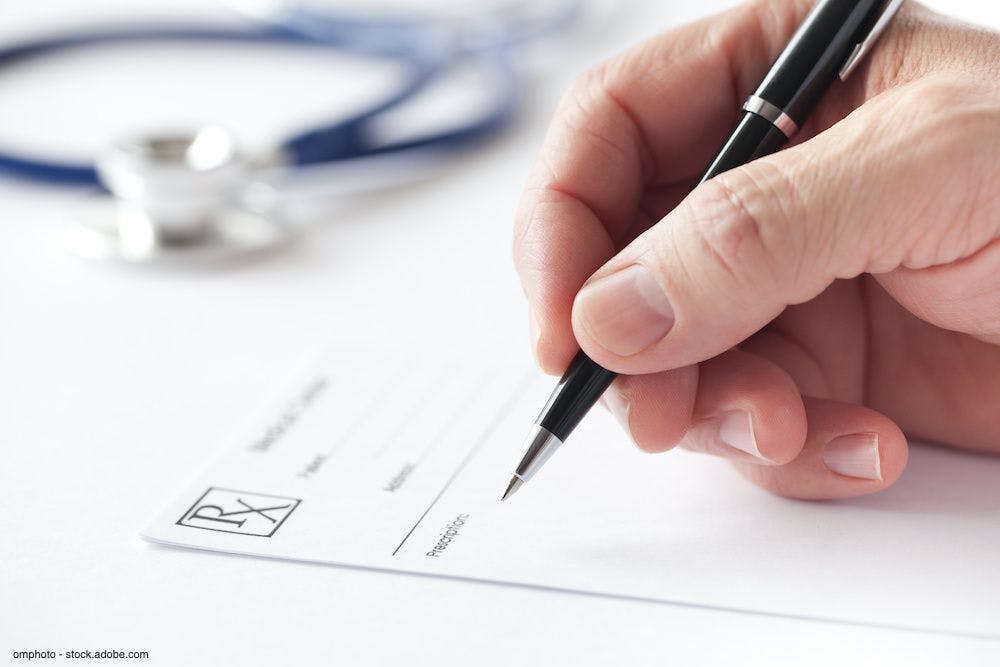Publication
Article
Urology Times Journal
Coding Q&A: How will Medical Decision Making change for urologists in 2021?
Author(s):
"The main [Medical Decision Making section] changes take place in the Complexity of Problem and Amount/Complexity of Data sections," write Jonathan Rubenstein, MD, and Mark Painter.
With the new evaluation and management changes for 2021, should I expect to be billing the same levels as before, or do you anticipate any changes due to the new Medical Decision Making section?
Jonathan Rubenstein, MD

This is a great question. Although we have all heard that with the new evaluation and management (E/M) guidelines slated to start on January 1, 2021, overall, urologists will see a bit of a boost in reimbursements due to the increased relative value unit (RVU) of the majority of office E/M codes, and therefore increased payments, that would hold true if year-after-year there were the same E/M services billed (the same number of 99213s, the same number of 99214s, etc).
However, as with any new system, there are likely to be some shifts around, as the Medical Decision Making (MDM) section (which is used to determine the E/M level if time is not chosen to report the service) has changed a bit. The main changes take place in the Complexity of Problem and Amount/Complexity of Data sections. By looking through a number of charts, we do see
Mark Painter

some areas where there will be some shifts. Although not scientifically studied, when reviewing a number of charts and projecting the reported code under the new 2021 guidelines in comparison to current code levels selected, we found that the majority remained unchanged. For those codes that changed, we estimated a level neutral change, meaning the number of codes that went down in level were roughly offset by the number of codes that went up in level. That may not be true for all urologists due to their own individual practices. Here is how we figured that out and how we anticipate some of the shifts to occur.
Number and Complexity of Problems Addressed section of MDM. In the 1995/1997 system, points would be added for each condition managed on that date of service, and the sum of the points would determine the level for that section. For example, the provider would get 1 point for each established stable problem, 2 points for an established worsening problem, 3 points for a new problem that does not require further workup, and 4 points for a new problem that requires further workup.
In the 2021 system, this changes. No longer will the problems be summed to reach a final level, but rather the acuity of the illness(es) and the way that the problems affect patient management will determine patient complexity. This change was added to address the few physicians who would stack diagnoses or document in the chart diagnoses/problems that were not medically necessary to address on that day. In the new system, a patient with 1 self-limited or minor problem would still reach a level 2 in 2021, and 2 minor problems would still reach a level 3. In those encounters for which a chronic illness/problem that is worsening is addressed, a level 3 would be reached in the old system; under the 2021 guidelines, it would reach level 4 for this element of MDM. However, one can only reach level 5 if a patient has a severe exacerbation or a threat to bodily function in the 2021 system, regardless of the number of problems addressed.
Amount and/or Complexity of Data to be Reviewed and Analyzed section of MDM. Similarly, instead of getting 1 or 2 points for a variety of data types (review and/or order radiology tests/labs/medicine test, obtaining old records, summarizing old records or discussing with another provider, independent visualization of image or specimen), and adding them together, in the new system, again, the way the data is used and how it affect patient management determines the final data level. CPT has added a few clarifying statements as to what counts as data, when it is appropriate to use data as part of MDM and how to consider data as it pertains to each level of code. The clarifications include a specific reference to data included based on each CPT code test for specific data types and the exclusion of data for which you are separately paid for interpretation. It doesn’t necessarily take more or less data to reach certain levels, but what is more important is not the volume of data but the importance of the data, the amount of effort and expertise it takes to interpret the data, and the way that data affects patient care.
Table of risk section of MDM. The table itself is the section that has changed the least and is in essence the merge of the Diagnostic procedure(s) ordered and Management Options Selected subsections, with Presenting Problem(s) subsection eliminated. Therefore, those who would use the selections on the 2 subsections that remain would find the table unchanged, but those who would use the Presenting Problems subsection would not be able to use that portion on the Table of risk.
So what does this mean? Ultimately, there will be some shifts of patients around between the levels, but it appears on a high level that the overall levels selected would remain unchanged for those who were using the MDM chart correctly. We encourage you to review the changes and seek some additional training. In the long run, these changes are good for the clinician and good for patient care, reducing the amount of clutter in the office note and the work required to add this information.
Authors’ note: We would like to add a note to our recent Q&A article with regard to the use of code 99091.1 In our discussion, we wrote, “ ‘Incident to’ services provided by staff and conforming to Medicare guidelines may also be included to assist in the collection and interpretation of data.” We based this information on information included in the proposed rule for the 2021 Medicare Physician Fee Schedule. As we also noted, the description in the CPT coding manual would imply that Physician or a Qualified Healthcare Provider time is required for inclusion in the 30 minutes spent in remote data collection and interpretation. We are going to add a note of caution here as the statement we included was in fact based on a proposed rule interpretation and not a final rule or CPT note. Medicare may not accept the medical assistant or other assistant time in the 30-minute calculation even if the time was spent within “incident to” rules.
Reference
1. Rubenstein J, Painter M. What to know about reporting CPT code 99072. Urology Times®. October 14, 2020. Accessed October 23, 2020. https://www.urologytimes.com/view/what-to-know-about-covid-19-cpt-code-99072-for-your-urology-practice
Send coding and reimbursement questions to Rubenstein and Painter c/o Urology Times®, at urology_times@mmhgroup.com.
Questions of general interest will be chosen for publication. The information in this column is designed to be authoritative, and every effort has been made to ensure its accuracy at the time it was written. However, readers are encouraged to check with their individual carrier or private payers for updates and to confirm that this information conforms to their specific rules.

Newsletter
Stay current with the latest urology news and practice-changing insights — sign up now for the essential updates every urologist needs.
















